New trends can change a designer’s trajectory each year in the dynamic area of UX design. Designers can’t benchmark a particular trend which becomes ineffective when customer preferences change. But what they can do is understand the most useful software tools to improvise their designs. Radiant Digital leverages customer-centric designs with over a decade of experience in creating exceptional web and mobile app designs while pushing creativity limits. We have predicted the different UX trends that will equip designers with a deeper perspective on creating transformational designs. Before we begin, let’s recap the definition of UX design. User experience (UX) design is the process design teams use to create meaningful and relevant user experiences. This involves designing the entire process of acquiring and integrating the product, including branding, design, usability, and function.
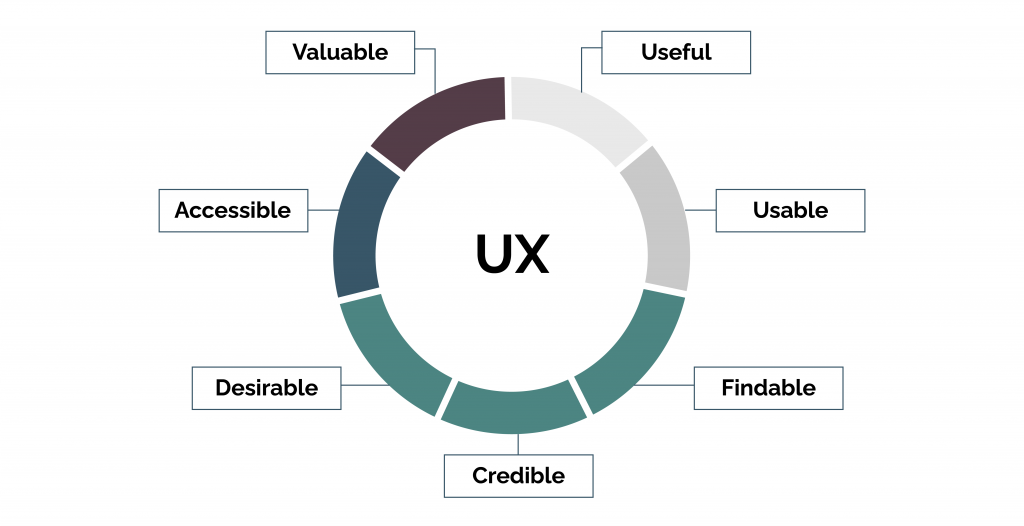
UX design aims to create accessible, efficient, relevant, and overall pleasant experiences for the user.
Artificial Intelligence in UX
The fundamental goal of modern design is to ease the UX designers’ workflows and reduce design errors. AI-enabled software reduces 70% of human involvement while improving design consistency.
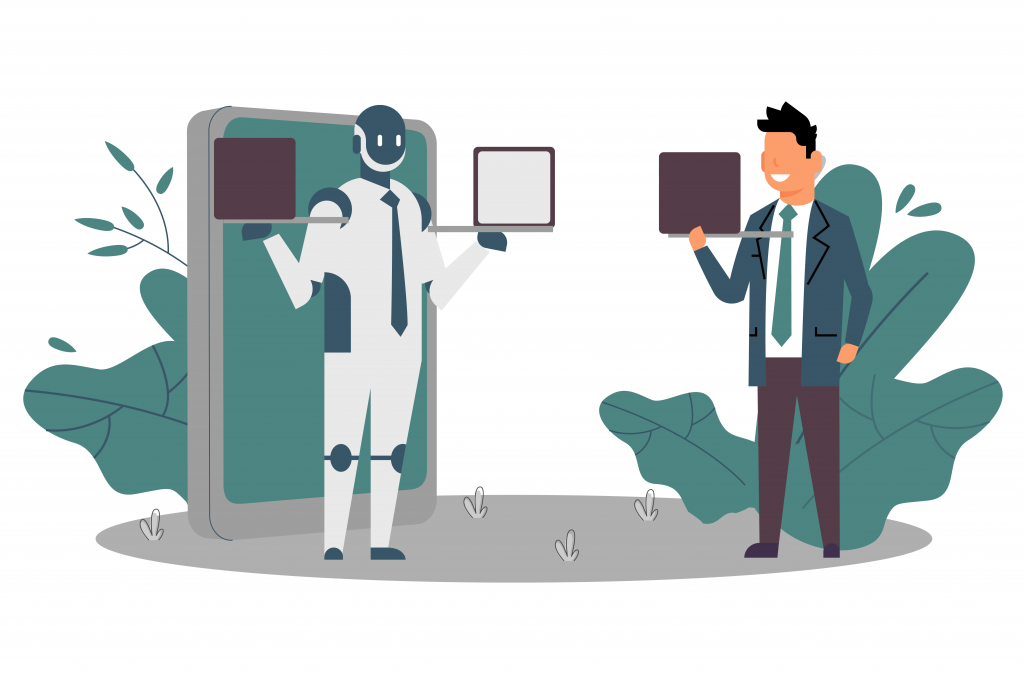 Machine-learning algorithms are being used to improve UX quality and can implement rapid changes to a prototype instantly. Cumbersome design functions can be automated, while you can shorten design cycles with powerful AI tools. These tools can also make design recommendations to improve your design. One such AI-enabled tool is Uizard that brings design ideas to life in minutes. Uizard is a component-based design tool where components are organized as a minimalist design theme. Uizard themes help organize and categorize elements, define their colors, typographies, and styling properties. You can assemble the UI components into reusable templates for screens and app designing. Uizard’s AI design assistant helps designers:
Machine-learning algorithms are being used to improve UX quality and can implement rapid changes to a prototype instantly. Cumbersome design functions can be automated, while you can shorten design cycles with powerful AI tools. These tools can also make design recommendations to improve your design. One such AI-enabled tool is Uizard that brings design ideas to life in minutes. Uizard is a component-based design tool where components are organized as a minimalist design theme. Uizard themes help organize and categorize elements, define their colors, typographies, and styling properties. You can assemble the UI components into reusable templates for screens and app designing. Uizard’s AI design assistant helps designers:
• create custom-made matching themes instantly from the images you upload;
• extract components and styling properties from uploaded images, photos, screenshots, and mood boards;
• customize these extracted components further;
• convert sketches and scribbles from whiteboards, notebooks, tablet apps, and design software into editable screens;
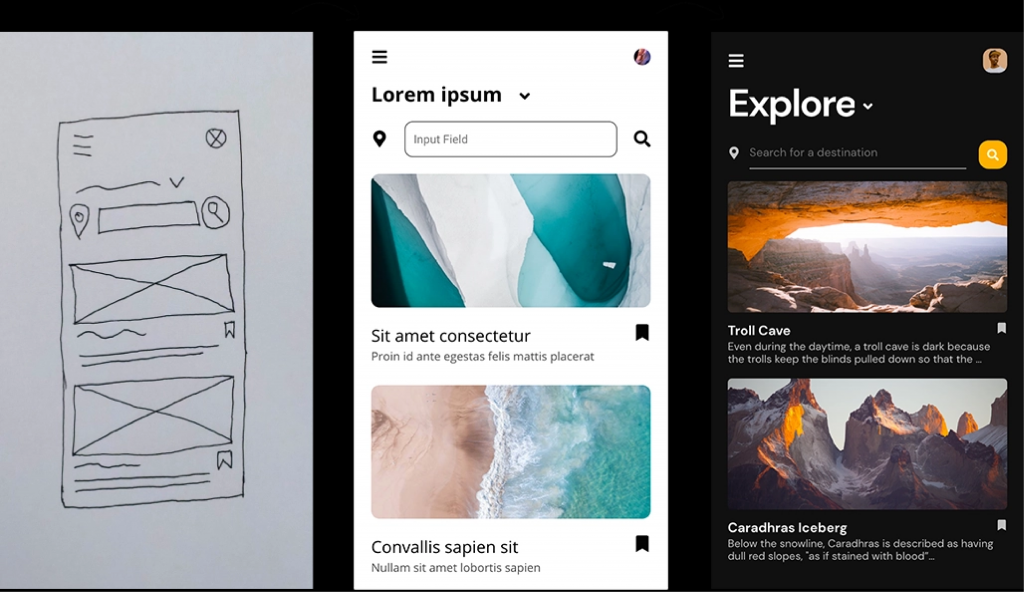 • upload pictures from wireframes and screenshots of digital low-fidelity mock-ups and convert them into digital design components and high-fidelity interactive prototypes;
• upload pictures from wireframes and screenshots of digital low-fidelity mock-ups and convert them into digital design components and high-fidelity interactive prototypes;
• import and convert your existing digital assets and artifacts like websites or style guides into readily usable design components;
• automatically extract the styling properties and components from a URL, sketch files, or app screenshots and apply them to your design;
• implement layout understanding that enables machines to better process the layout semantics and information of your user interfaces (UIs), text documents, presentation slides, forms, graphic design compositions, etc.;
• provide an image as input, identify components and fonts, and extract styling properties (text size, padding, border-radius, font-weight, shadow, etc.) using a neural network pipeline.
Advanced Personalization
Personalization in design includes individualizing content and recommendations for a brand or user based on the brand culture or the user persona information. The main goal of personalized designs is to make users feel special, automatically increasing your product usage and conversions. Personalization is a fundamental design practice and one of the best practices today. Google and Apple’s personalized assistants help you interact using voice, face recognition, or fingerprint.
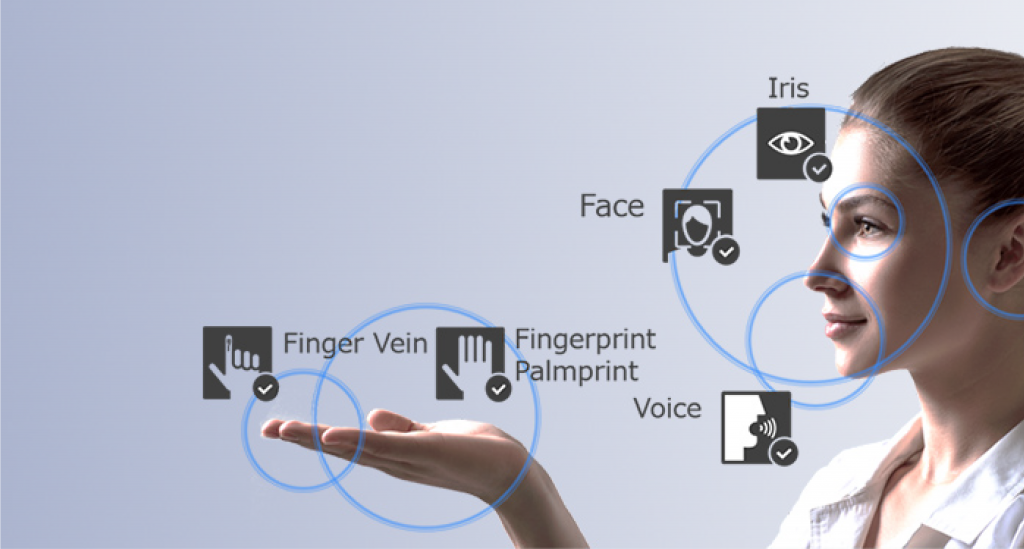 In the future, personalization will be programmed into interfaces to change their appearance, elements’ positioning, tone, and behavior instantly. Amazon creates a personalized homepage for customers with content and templates based on their shopping habits, history, and shopping cart information.
In the future, personalization will be programmed into interfaces to change their appearance, elements’ positioning, tone, and behavior instantly. Amazon creates a personalized homepage for customers with content and templates based on their shopping habits, history, and shopping cart information.
3D and Immersive Experiences
3D designs have been taking web and mobile designs by storm. In 2021, designers can further explore the expansive space in 3D components and interfaces. 3D objects are common on modern front-end frameworks and libraries thanks to faster page load times. With the advent of AR, VR, and Digital Twins technologies, the 3D design will only increase popularity. Cool abstractions and unusual angles can be included in 3D designs using natural objects. 3D design grabs attention and makes websites more appealing while increasing user engagement.
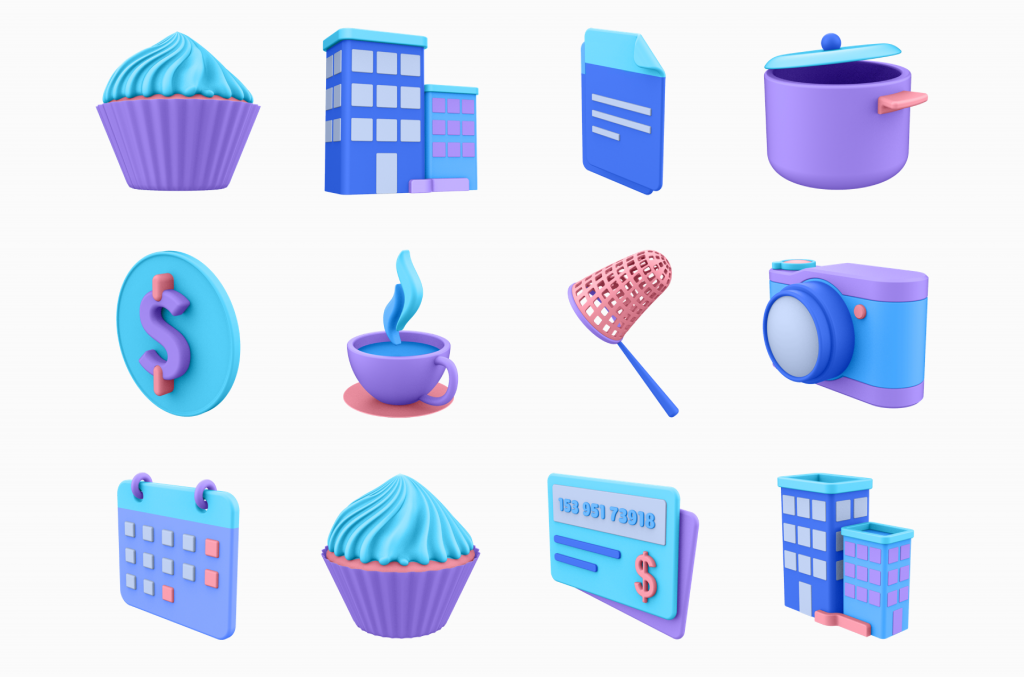 Expensive real-life demonstrations for cars, homes, or jewelry can be converted to affordable demos using 3D designs. AR portals are helping mimic online environments like stadiums, stores, and more in 3D. AR portals bring a designation to the user and teleport them into a 360-degree environment to walk around and explore. Brands, retailers, and events are creating mini-worlds of interaction in virtual universes. Spline design is dedicated to creating and publishing 3D web experiences in real-time through rapid iterations and production-ready results. It helps use text & basic geometric shapes, edit materials, and import 3d models.
Expensive real-life demonstrations for cars, homes, or jewelry can be converted to affordable demos using 3D designs. AR portals are helping mimic online environments like stadiums, stores, and more in 3D. AR portals bring a designation to the user and teleport them into a 360-degree environment to walk around and explore. Brands, retailers, and events are creating mini-worlds of interaction in virtual universes. Spline design is dedicated to creating and publishing 3D web experiences in real-time through rapid iterations and production-ready results. It helps use text & basic geometric shapes, edit materials, and import 3d models.
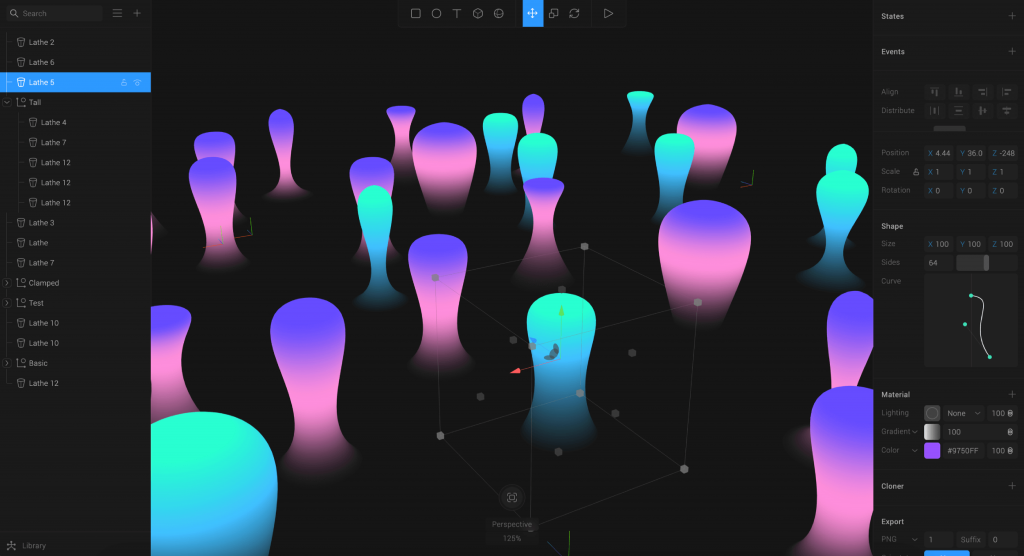
No-code Designing
UI is moving toward “No Code Development,” which will soon become a common designing place. This will help designers publish the app directly to Google Play Store and Apple Store. Designers will be at the helm of creating any look and feel for apps without the need for intricate coding. Drag-and-drop functionalities will redefine rapid design prototyping. With app builder tools like Bravo Studio, designing native iOS and Android apps will include zero coding efforts and direct prototype conversion. All designers need to do is connect their Figma files to Bravo and connect to their REST API. Bravo can easily convert this into an app package for both iOS and Android. Bravo Studio uses tags to define native mobile actions/components for your app. Bravo tags help recognize native behavior in your app’s design like slide menu, splash screens, share, etc., which improves authenticity. Bravo Studio lets you connect your prototype with real-time data from any APIs or any 3rd party services. Any data changes will automatically reflect in your app. You need to create your app prototype in Figma and name each layer to make it Bravo compatible.
How does Bravo Studio work with Figma?
1. Design and Prototype your app in Figma.
2. Add native mobile element tags to this design by including Bravo tags to the name of each layer to convert the prototype into a real app with fully native mobile functionality support like (open share dialog or email, play video, etc.).
3. Connect your data to the design from an external collection via APIs to add real and live content.
4. Preview on Bravo Vision, a partner app that lets you preview, test, and experience your fully-native iOS and Android Figma prototype created on Bravo Studio.
Bravo Vision previews design changes instantly without impacting your app’s content synchronized in real-time with your data.
5. Publish your App-to-App Store or Play Store by submitting the IPA and APK packages available in Bravo Studio.
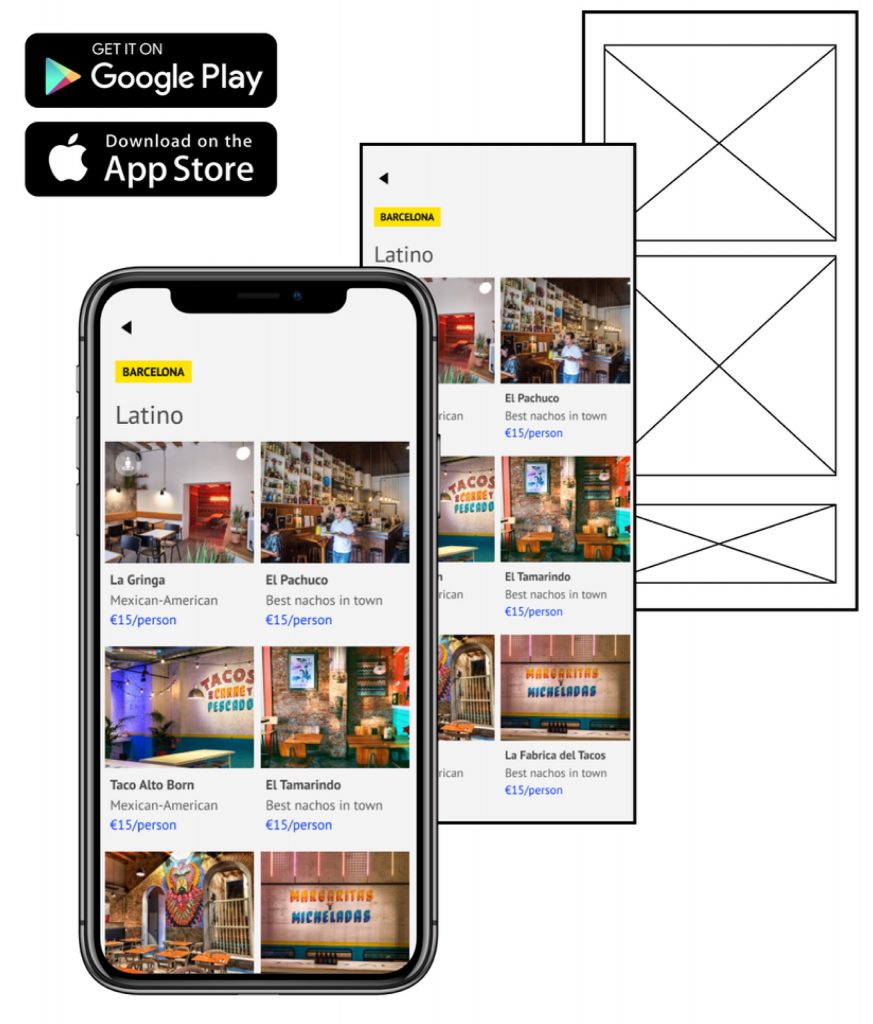 Other Self-code Design Platforms
Other Self-code Design Platforms
BuilderX is a browser-based design tool that self-codes readable and production-ready apps in React Native & React. BuilderX lets you drag and drop components to the design canvas, add text, change orientation, sizing, color, and other attributes with just a mouse click. It also features:
• sharing projects instantly with your team;
• seamless conversion of sketches and scribbles to React Native & React code;
• custom settings for flex layouts and automatic conversion of Flex to Absolute layouts;
• export selected components from an existing folder structure;
• a component library with hundreds of design components;
• support for custom UI and components import to be used across the project;
• an expansive list of open-source icons.
Clutch is a platform that lets you build real products in real-time. It lets you create cross-platform products effortlessly and consistently by supporting no-code, code-optional, and full-code options. You can bundle reusable components to create visually stunning and professional apps and web UI. You can plug dynamic data into your design to reflect live content and state. You can connect this platform to your custom backend in the cloud using REST APIs or any other protocol. Clutch lets you integrate stunning animations using Lottie. Data visualization using charts and graphs is quick on Clutch using ReChart. Because of cloud support, Clutch lets you deploy and connect anywhere.
Minsar is a VR platform that lets you prototype, design, and share AR apps & fully immersive experiences without coding. Minsar makes designs powerful and frictionless with interactions and immersive narratives that are user-triggered. You can create filters for Instagram with Minsar’s Spark AR Export feature. It lets you connect and share your experiences with general users in a web browser powered by WebAR and other cloud services.
Framer is an all-in-one tool that helps design high-fidelity prototypes and experiences using Framers. You can transition to a no-code functional prototype rapidly. Framer supports rapid wireframing, visual designing, prototyping, user testing, and handoff. It also supports:
• canvas to insert animations, transitions, and smart components;
• instant user feedback and helpful engineering code handoffs;
• instant team collaborations in the cloud;
• drag-and-drop components, layout tools, and intelligent building blocks (for custom interactions, properties, and animations);
• component auto-sizing;
• a gamepad to control your hyper-realistic game interfaces and prototypes.
Go from Design to Device Instantly
Play lets you navigate from an idea to a prototype in minutes. You can create, iterate, and experiment effortlessly on this platform. It’s the only app that offers the convenience and flexibility of working on your mobile device to render exceptional UX designs. The Play library lets you move your design to your device and convert them into fully functional pages in just a few taps. This Library aligns fully customizable components to common UI patterns and completes them with built-in states and Interactions. It gives designers the liberty to experiment instantly and iterate on their initial concepts. Play helps create and change your product directly on any device. If you’re already working on a design tool like Figma or Sketch, Play lets you import designs on any device and add advanced interactions and native features to it. With Play, you can manipulate your designs in real-time, in the context of their destination device. Here are some of its essential features.
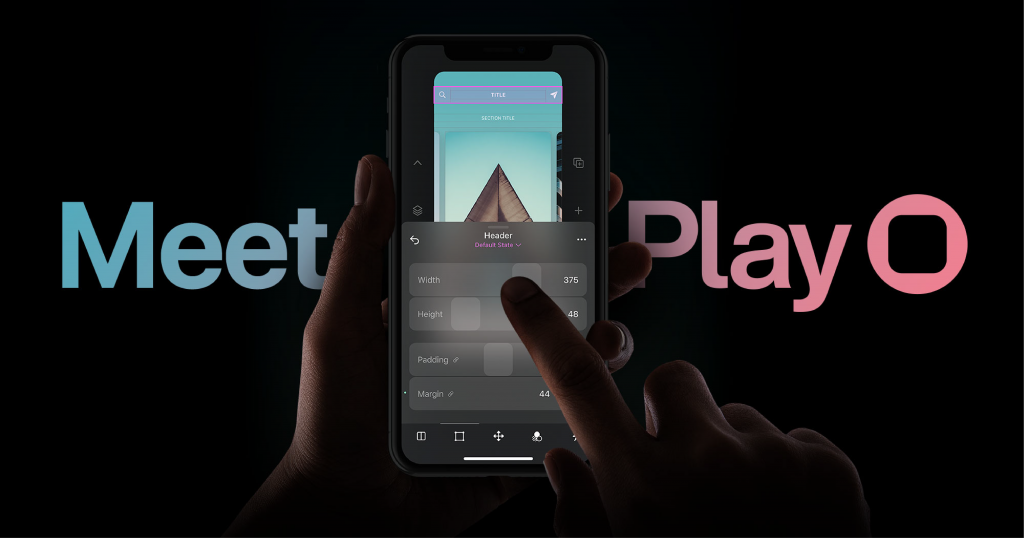
No Mirror apps syncing or artboard resizing: Play lets you design once and automatically adjusts the view on different screen sizes. You don’t need to sync or mirror apps and resize screen elements.
Import from Figma: Play enables building out real workflows and prototypes by directly importing Figma components and styles.
Design Tokens & Multi-state Components: Play lets you manage design tokens like color, styles, and spacing values to create dynamic and multi-state components identical to real-life products.
Design Sprints & Whiteboard sessions: can be effortlessly included as a part of your working session on Play.
Rapid Prototyping and Testing: Play lets you migrate to a high-fidelity prototype for validation in less than an hour.
Near-real and Life-like Prototypes: Play lets you add maximum credibility and embody the ultimate vision of what you want in your product. It empowers you to fine-tune your designs and “get closer to the real thing” with nuanced feedback. This tool supports native gestures and advanced interactions in your designs. You can seamlessly design and build in a native environment while effortlessly creating and changing complex interactions based on the usability context. With Play’s near-real prototypes, you can avoid:
• intricately-linked artboards;
• interactive and visual disconnect;
• product simulations and prototype hacking;
• reference files, interim deliverables, and throw-away designs.
With tools like Play, advanced prototyping and direct-to-device implementations will propel design implementations and business bottom lines in 2022.
Animations and Motion Graphics
Designers often need to roll out engaging animated stories and animated screen interactions. This involves merging a minimalistic interface with bold and exciting elements. Animations and vector graphics are crucial to such designs. Animations can range from micro animations of buttons to subtle screen transitions. Motion effects are used to narrate a story better than static text and images. They bring new life to your design assets and make them meaningful. You can leverage custom emojis to render a more emotional aspect to your design. Micro-interactions include small animated elements to encourage user action. They indicate state change and help users navigate. Various micro-interactions include:
• color transition for different states of the app;
• website loading indication;
• transition-based animation between pages;
• response to button actions.
Rive is a collaborative editor that assists in creating responsive motion graphics for different states and user inputs. This platform supports:
• lightweight runtimes to load your animations to apps, websites, and games;
• team collaborations in the cloud where the same file can be accessed from different locations;
• rigging the same animations to follow a consistent motion theme;
• animation interpolation with your app’s frame rate in real-time;
• the option to change your animation play speeds like slow-motion and time-lapse with standard quality;
• smooth blending and layering of multiple animations and creating one animation for different combinations of states;
• graphics manipulation with code to improve interactivity;
• data connectivity for graphics;
• runtime image swapping or colors/transitions.
Rive runtimes are open-source libraries that offer complete control on animation files across platforms and devices using the primary run loop.
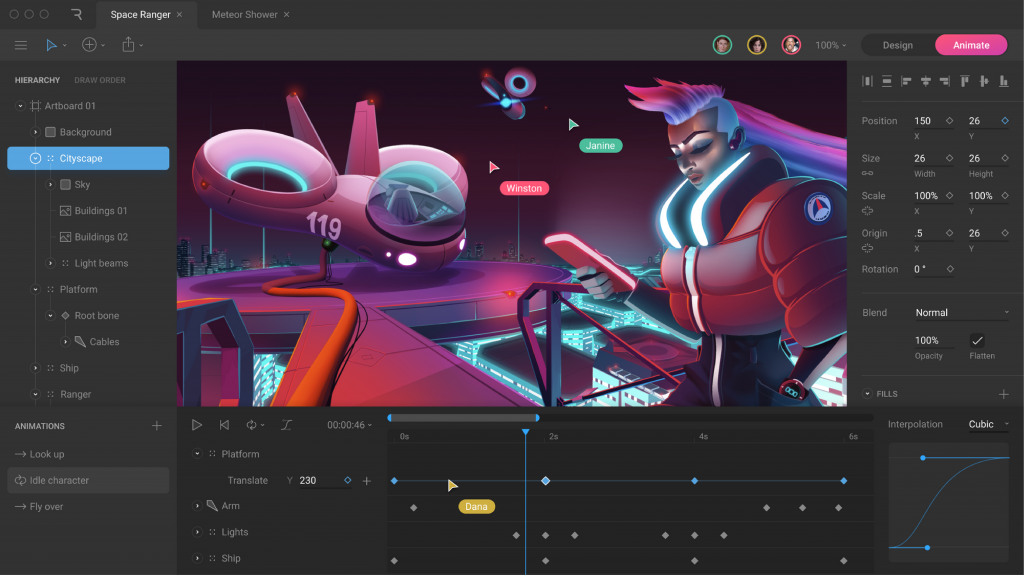 They also let you deploy animations and their properties to all your products and touchpoints with optimized file sizes.
They also let you deploy animations and their properties to all your products and touchpoints with optimized file sizes.
Design Engineering with UXPin
This tool lets you underpin the design engineering process of your UI/UX project.
It introduces manipulating interactive states, logic, and code components to render life to your digital assets.
Interactive Elements: These elements minimize redundancy and let you include interactive elements without duplicating your artboards.
Code Components: UXPin lets you design from a single source of truth. Prototyping is simplified with functional and interactive elements that the production code generates.
Conditional Interactions, Variables & Expressions: If you are deep into design coding, UXPin lets you get deeper into coded apps. You can add logic to your prototypes and store and manipulate user inputs in real-time.
Web Page Import: You can import an existing web page and kick-start your prototype.
Vector drawing tools: This feature lets you create and combine vector shapes to form icons or beautiful illustrations. It also allows for smooth pointing and curving.
Built-in Libraries: These let you quickly access iOS libraries, design material, and bootstrap faster.
Code components: You can automatically sync React.js components in your repository to UXPin and prevent redrawing your patterns.
Accessibility Features: Designs for people with special needs aligned to the WCAG contrast standards can be efficiently coded.
Browser-based Device Mock-ups
Creating mock-ups for presentations, social media, mobile apps, and portfolios will continue in 2022. The Previewed app lets you create browser-based mock-ups on the go. It supports:
• browser templates;
• 3D snapshots & create 2D and 3D animation scenes;
• custom camera & environment controls to build studio-grade 3D renders;
• customized colors, positions, angles, and screen media changes;
• multi-device support;
• template storage to back up all the templates in the cloud;
• your mock-ups to export in jpeg, png, and mp4 formats;
• drag-and-drop positioning and rotation of components;
• alpha (transparency) channels for devices, texts & backgrounds.
Vectary lets you create, render, and collaborate 3D and AR designs in your web browser.
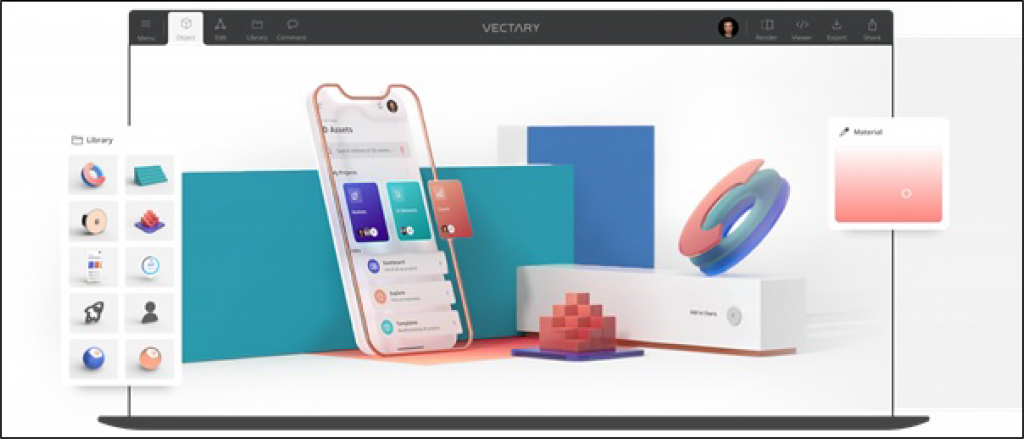 This platform hosts an extensive and growing library of free scenes, materials, and models that you can drag and drop to design 3D animations instantly. The other features include:
This platform hosts an extensive and growing library of free scenes, materials, and models that you can drag and drop to design 3D animations instantly. The other features include:
• external platform integration to add custom 3D models;
• hundreds of realistic and fully-textured materials to be inserted into high-quality pre-rendered scenes;
• viewport navigation, composition abstractions, subdivision modeling, materials, lighting, and rendering;
• ergonomic modeling that lets you smoothly loop edges and adds smart shortcuts to effortlessly model tasks;
• smart abstractions and generators that let you compose using dynamic parameters;
• Vectary Photon for tracking the path traced and viewing photorealistic rendering outputs in the browser;
• Vectary files-based team dashboard for dimension-based 3D collaboration;
• cloud support for embedding your website designs, printing them with a 3D printer, implementing them using Augmented Reality software;
• embed and publish 3D projects to any website without downloading files or compatibility issues;
• USDZ generator to place 3D designs into a real-life setting;
• import and Export of 3D assets using the GLTF interchange format.
Parting Words
Design is cyclical, while design trends are temporary. New UX trends come every year with a lot of repetitions and innovations.
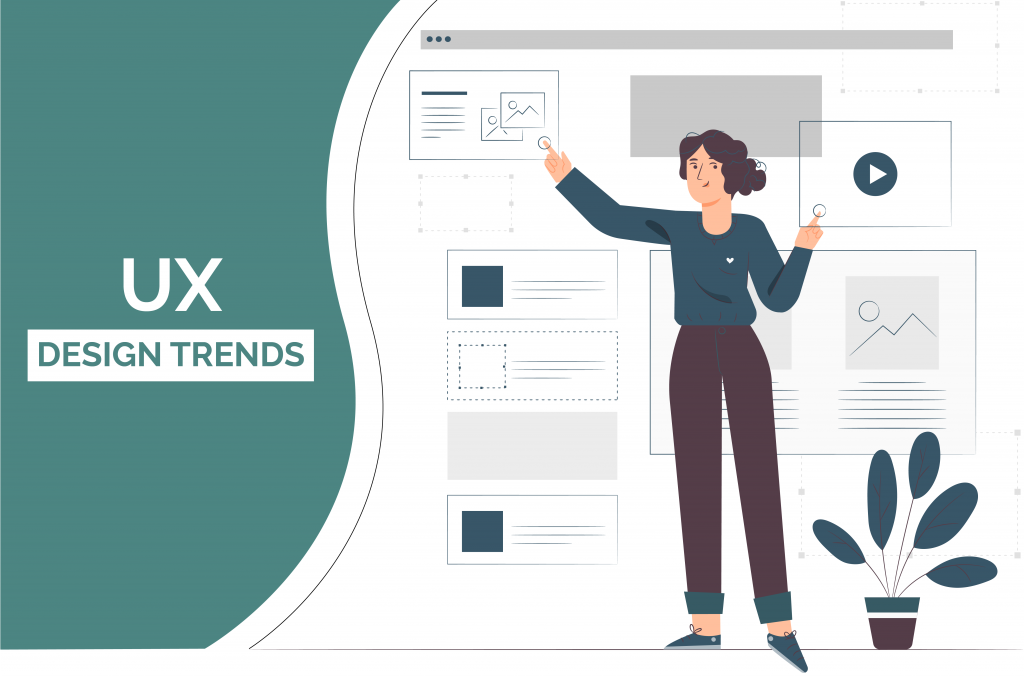 Two things will remain constant in UI/UX design — critical thinking and relevance for all the trends above. Designers need to embrace these two tenets with a visual language that communicates design value and makes it worthwhile.
Two things will remain constant in UI/UX design — critical thinking and relevance for all the trends above. Designers need to embrace these two tenets with a visual language that communicates design value and makes it worthwhile.


